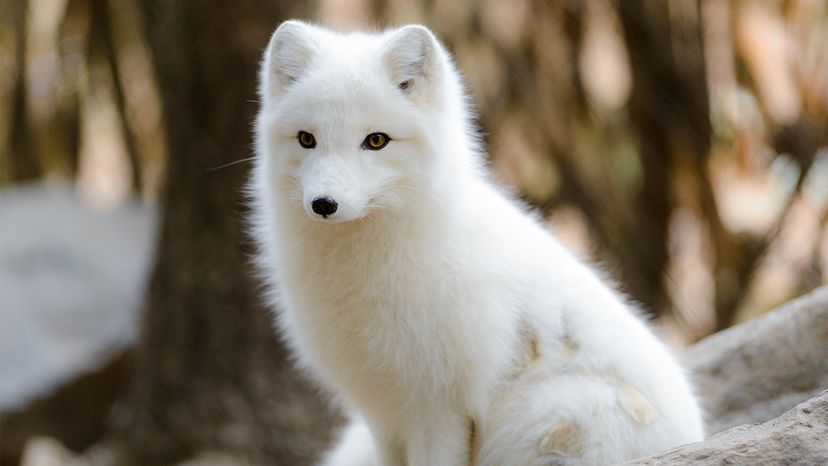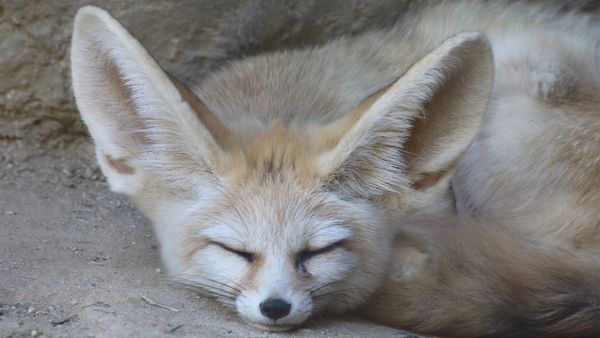
Also known as the white or polar fox, the arctic fox (Vulpes lagopus) is an exceptionally cute yet immensely tough member of the Canidae family of dog-like carnivorans — which means it's related to other foxes, wolves and dogs. Prevalent throughout the Arctic regions of the Northern Hemisphere, usually on tundra or mountains near the sea (two of the coldest places on the planet), they range in size from about as big as a small Chihuahua to as large as a Jack Russell terrier, and are said to be second only to polar bears as the most popular animals that travelers want to see and photograph when visiting the Arctic.
Among the arctic fox's most outstanding characteristics? Being able to survive in temperatures as low as -58 degrees F (-50 degrees C) largely due to their small stature. Their compact body, short muzzle and legs, and small rounded ears minimize the amount of surface area that is exposed to the cold air. Additional reasons they can thrive in a frozen habitat include a thick, layered fur coat (the warmest pelt of any animal living in the Arctic) that traps a layer of air and preserves body heat, and fluffy tails that cover their heads like a built-in blanket for added insulation when they curl up to sleep.
Advertisement
They are the only canid that grows fur over their foot pads, which helps them walk easily on snow. An added bonus: They have something called "counter-current blood circulation," which reduces blood flow to their feet to ensure they don't get frostbitten. When conditions become too cold, their metabolism increases to provide warmth, with their winter basal metabolic rate around 25 percent slower than it is during the summer. Not only does this cool trick allow them to withstand frigid temperatures, but it also enables them to survive longer without food — a key tool when food is scarce in the dead of winter.
They come in just two colors: white or blue. In the winter, white foxes are almost entirely white (which comes in handy when camouflaging in the ice and snow), and blue foxes are pale-bluish gray. Their fur changes to brown or gray during the summer to help them blend in with their surroundings.
"This color change helps camouflage them for hunting," says Brint Spencer, director of Brandywine Zoo in Wilmington, Delaware, in an email interview. "The white fox is more common, and one theory is that the blue phase tends to be more coastal where the ocean waters do not freeze."
Advertisement

